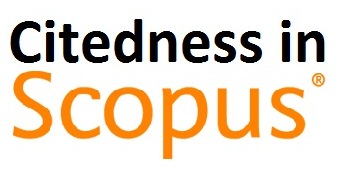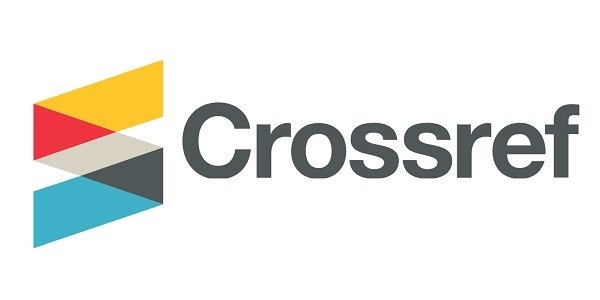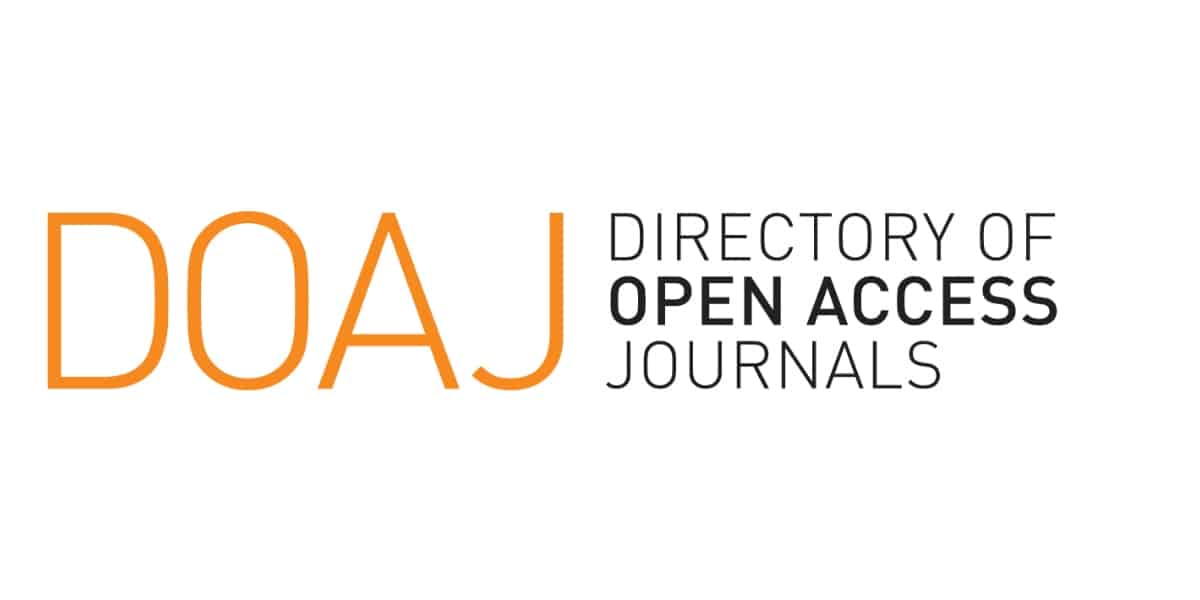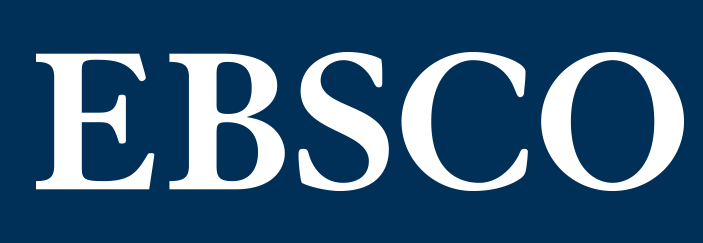Author Guidelines
Journal of Agroindsutrial Technology
General Requirements
- The authors must ensure that the submitted articles is authentic and never published in other journals, which is stated by statement such as attached letter.
- The articles that will be publicated in Journal of Agroindustrial Technology can be research results, policies analysis, brief communications, opinions, concepts and reviews.
- The articles can be written in Indonesia or English using a format that complies with the language rules. The editor does not accept articles which’s not meet the requested requirements.
- The published articles determined by Journal of Agroindustrial Technology’s Editors Board based on competent Peer-Reviewers judgment.
- The articles sent to editors via web or by email. The articles must be written in Microsoft Word, figures/graphs in Microsoft Excel and write the authors name as the file name. through email: jurnal_tip@yahoo.co.id or jurnal_tip@ipb.ac.id and/or upload the articles via http://journal.ipb.ac.id/index.php/jurnaltin. Any difficulties may communicate with Journal of Agroindustrial Technology secretariat: Department of Agroindustrial Technology (TIN), Fateta IPB, Jln. Kamper, Campus IPB Darmaga Bogor 16680, Phone/Fax : +62-251-8625088; +62-251-8621974;
- The copyright of published articles belong to Journal of Agroindustrial Tecnology. The authors whose the articles are published require to pay a publishing contribution fee as much IDR 75000 per page (in 1 December 2020, 1 USD is equivalent to 14000 IDR). The additional cost for color printing is the authors responsibility.
- The authors should propose three names of competent Peer-Reviewers in their field who hold doctoral degree and with their full addresses; whose willing to review the articles.
Writing Standards
- The articles should be typed in 1.5 space except for Title, Abstract, Figures Title, and Tables Title typed with 1 space. The articles typed in one column of A4 paper with the total of 4000-7000 words including figures and tables.
- The articles should be typed using Microsoft Word software, Figures using JPEG or TGIF format, if there are graphs, attached the master files/Microsoft Excel. The standard font is Times New Roman 12.
- The articles should be arranged in sequence: title, authors name, authors institution’ full addresses, abstract, introduction, materials and methods, results and discussion, conclusions, acknowledgements (optional), and references. Institutional address (street, number, city, zip code) and authors email need to written clearly.
- Binomial or trinomial (italic) latin nomenclature is used for plants, animals, insects, and diseases. The full chemical name is used for the compounds at the first mention.
- Measurement unit used is International Standard (IS).
- The writing of decimal numbers for Bahasa is using comma (,) and for English is using point (.).
Articles Writing Procedure
Title. Title should be short, spesific, and informative which reflects precisely the content of the articles, maximum in 15 words written in Bahasa and in English. The title followed by authors name, institutions and addresses, and footnote reffering to the corresponding author(s), complete with mailing address, phone number, faximile, and email.
Abstract. Abstract are written in Bahasa and English consists of 200-250 words in one paragraph. Abstract contains the brief summary of the entire articles, i.e background, goals, methods, important results, discussion, and conclusions. Avoid using abbreviations unless it has been commonly used.
Keywords. Keywords are written in Bahasa and English, consists of 3-5 words/phrases and arranged by importance and presented at the end of abstract.
Introduction. In this section, presented a background that is supported by the brief literature, goals, and scopes of research if needed, so the readers can evaluate the results without having to read the previous publications. The literatures used must be truly relevant to the research. Literature review should be integrated in the introduction, mehodology, and discussion.
Materials and Methods. This section contains technical and detailed information, so the experiment can be repeated as well by other researchers. If special equipments/instruments are used, it necessary to provide the specifications and operating conditions.
Results and Discussion. This section present research results, either in text, tables, or figures. The use if photos is limited on clear results. Each of figures and tables are numbered sequentially adn must be referred in the articles.
Conclusions and Recommendations
Conclusions are written briefly but illustrates the research results subtances.
Recommendations are given clearly to be acted by relevant party.
Acknowledgments. This section can be used to appreciate funders, institutions, and personals who assisted during research and articles preparation.
References are needed to all citations and arranged by alphabetical order using author-date system. The references used are the latest (the last 10 years), with a proportion of over 80% of relevant primer references. It is not permitted to use citations as citation references. These journals are refer as J Tek Ind Pert., for other journals use abbreviations that refer to Chemical Abstracts abbreviations. Authors are strongly recommended to use any reference manager, e.g., Mendeley, EndNote, Zotero, or activating the reference add-in for Microsoft Word.
Journals
Nugraha AW, Suparno O, Indrasti NS, Hoerudin. 2020. Free ammonia deliming: effect of tartaric acid addition as a demiling agent on the quality of wet blue and waste water. Tropical Animal Science Journal. 43 (2): 176 – 182
Books
Baker RW. 2004. Membrane Technology and Application. 2nd ed. West Sussex: JohnWiley & Sons, Ltd.
Chaptersin Book
White PJ dan Tziotis A. 2004. New corn starch. Di dalam Eliasson AC (ed.), Starch in Food:
Structure, function and application. Cambridge: CRC Press. P295-320.
Proceedings
Sunarti TC dan Yuliasih I. 2006. Fractionation of Sago Starch Using Hot Water Solubilization Method. Proceedings of Malaysian Chemistry Conference 2006 – International Conference on Green Chemistry. Petaling Jaya, Malaysia. 19-21 September 2006.
Thesis/Dissertation
Kurniati WD. 2016. Packaging design of natural beverage based on Kansei engineering and customer attitudes: a case in CTC black tea powder. [Thesis]. Bogor: Institut Pertanian Bogor.
Electronic Journals
Romo DMR, Grosso MV, Solano NCM, Castano DM. 2007. A most effective method for selecting a broad range of short and medium chain-length polyhidroxyalcanoate producing microorganisms. Electron JBiotechnol. 10:e349-57, doi 10.2225.
Patent
Robinson JM. 2010. Methods of digesting cellulose to glucose using slats and microwave (muwave) energy. US Patent No: US2010/0044210 A1.

_page-00013.jpg)







_(1).png)

